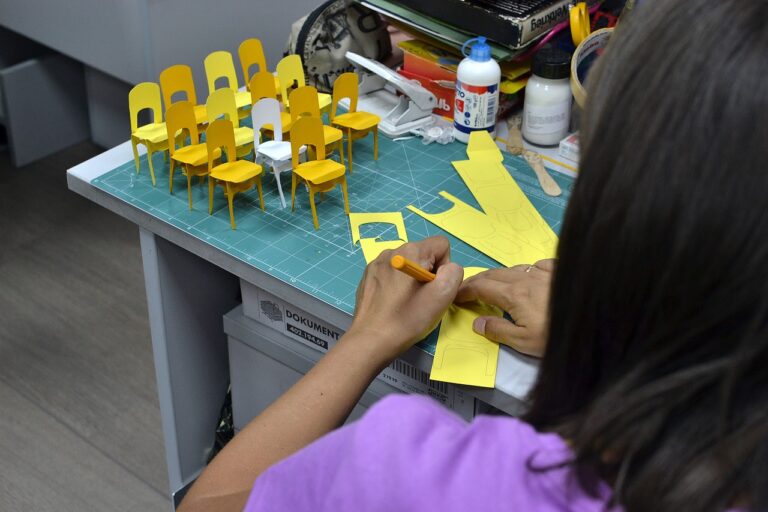Strategies for Supporting LGBTQ+ Students in Educational Settings
Ensuring that curriculum is inclusive involves deliberate efforts to represent diverse perspectives and experiences. By incorporating content that reflects the multicultural nature of society, educators can help students feel seen and valued. This includes using a variety of resources, texts, and examples that go beyond the dominant narratives typically found in educational settings.
In addition to content, the structure of the curriculum is also important in fostering inclusivity. By designing lessons and activities that cater to different learning styles and abilities, educators can create a learning environment where all students feel supported and engaged. Encouraging collaborative learning and providing opportunities for student voice and choice can further enhance the inclusivity of the curriculum.
Promoting Safe Spaces
Creating safe spaces within educational institutions is paramount to fostering an environment where all students feel valued and respected. By implementing inclusive policies and practices, educators can ensure that marginalized voices are heard and represented in the curriculum. It is essential to provide a platform for open dialogue and encourage diverse perspectives to create a welcoming and supportive learning environment for everyone.
Promoting safe spaces goes beyond just physical safety; it also involves creating an emotionally nurturing environment where students feel comfortable expressing their thoughts and ideas without fear of judgment or discrimination. Educators play a crucial role in facilitating discussions around diversity, equity, and inclusion, setting the stage for respectful interactions and mutual understanding among students. By actively promoting safe spaces, educational institutions can empower students to embrace their unique identities and engage in meaningful learning experiences.
What is the importance of creating safe spaces in educational settings?
Creating safe spaces in educational settings is crucial for fostering inclusivity, promoting diversity, and ensuring that all students feel respected and valued.
How can educators create inclusive curriculum?
Educators can create inclusive curriculum by incorporating diverse perspectives, cultures, and identities into their lesson plans, using inclusive language, and providing resources that represent diverse voices.
What are some strategies for promoting safe spaces in schools?
Some strategies for promoting safe spaces in schools include implementing anti-bullying policies, providing diversity and inclusion training for staff and students, and creating support systems for marginalized groups.
How can students contribute to promoting safe spaces in their schools?
Students can contribute to promoting safe spaces in their schools by standing up against discrimination and bullying, advocating for inclusive policies, and supporting their peers who may be facing challenges.





